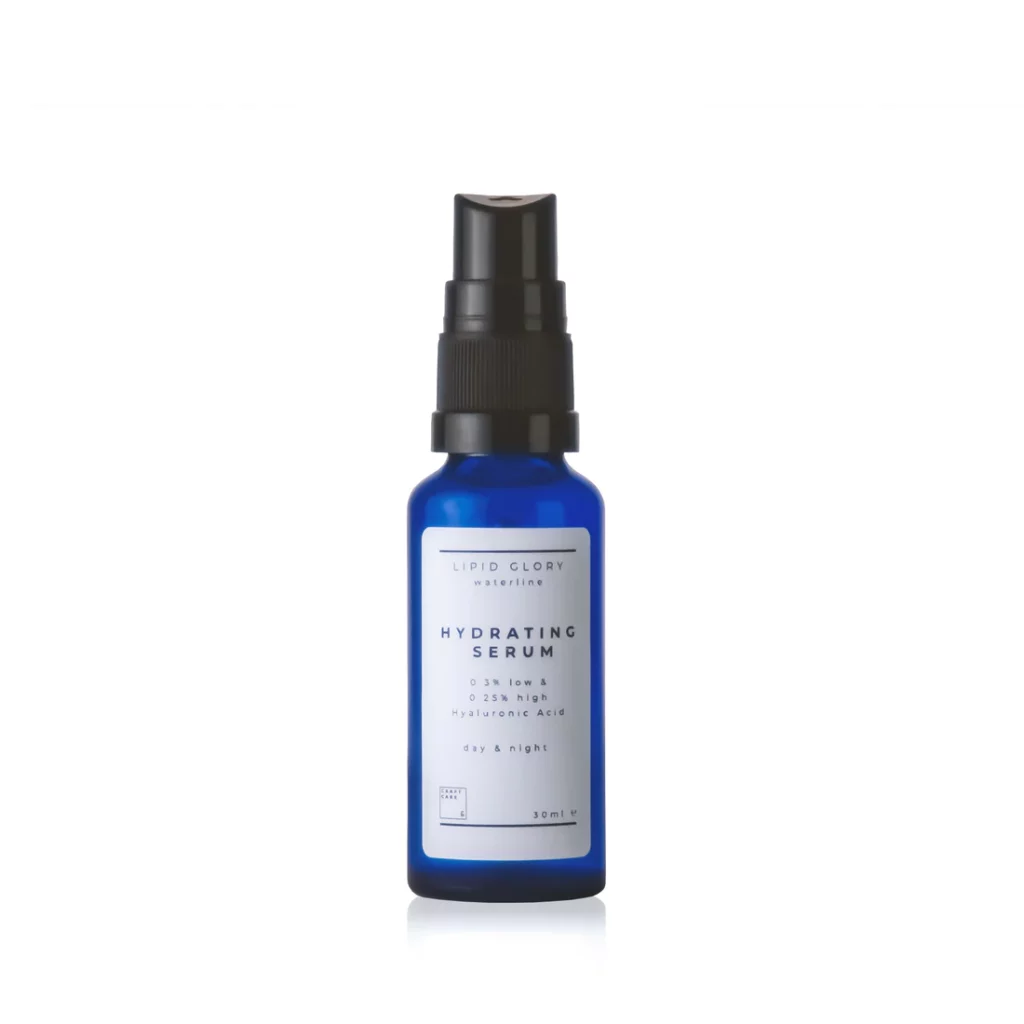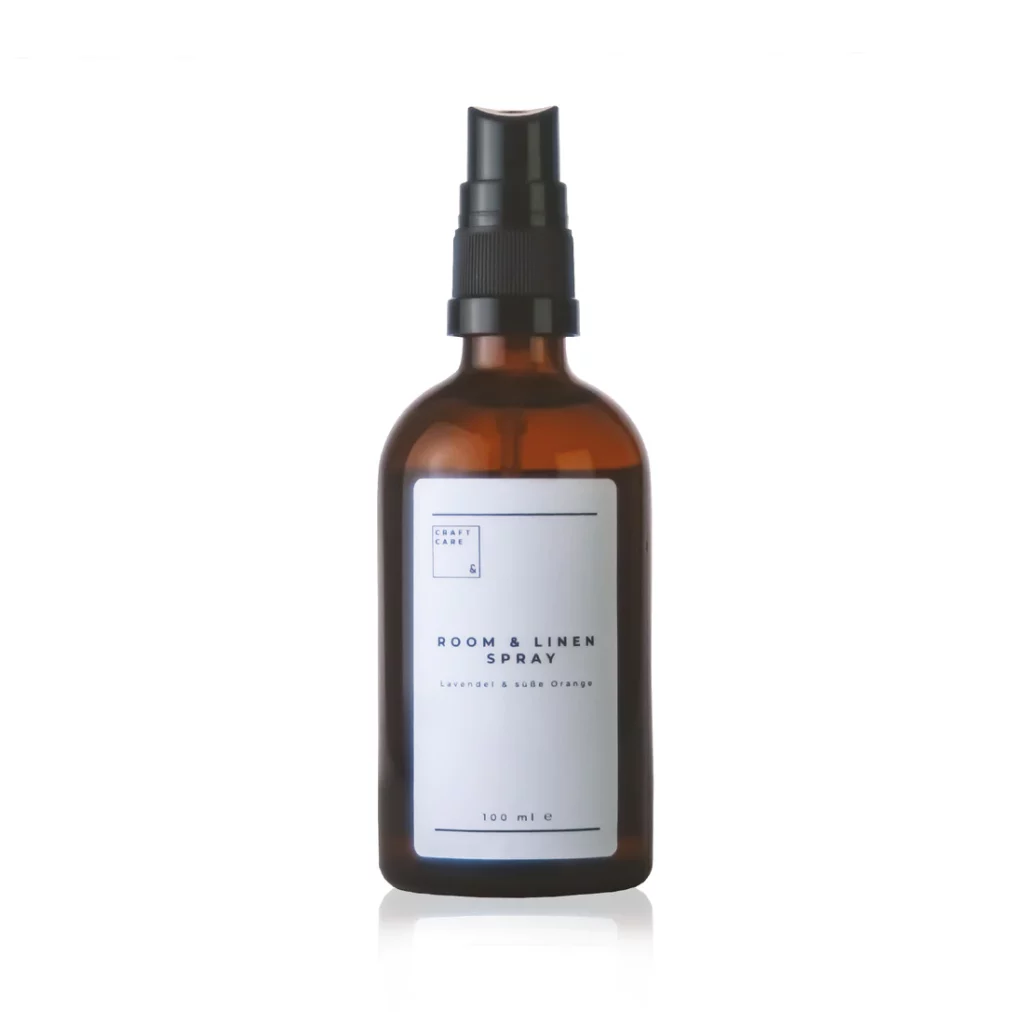
Dry skin is a frequent problem caused by a lack of moisture in the stratum corneum. The pathophysiology of dry skin has been illuminated at the molecular level thanks to the availability of modern technology. Dry skin, commonly known as xerosis or trockene haut, is a prevalent skin ailment that affects people of all ages. Usually, it doesn’t indicate a significant condition, but sometimes it can be tough to treat. Furthermore, it could be linked to other skin disorders or pathological situations such as diabetes, hypothyroidism and hyperthyroidism, and malnourishment.
What does it resemble?
Involved skin seems dry, peeling, irritable and inflamed. It’s rough, scaly, irritating, and even painful. Difficult situations are marked by acute redness and itching; the skin tends to break, Deep cracks appear, which may bleed, and indicate dry skin.
Microscopic view of dry skin
The hypodermis, the deepest layer, is primarily made up of fatty tissue, with vessels and nerves; the dermis, made up of connective tissue, contains collagen and elastin fibres, blood vessels, oil glands, hair follicles, and epidermis; and the sweat glands, the outer layer, is made up of keratinocytes that divide and mature as they move from the basal layer to the stratum corneum (the outermost compartment of the epidermis). Keratinocytes in the stratum corneum have an insoluble structure called the cornified envelope, which comprises numerous proteins, a cytoplasm filled with keratin filaments, and nuclear disintegration.
Cholesterol, fatty acids, and ceramides make up the lipid layers in which these cells are immersed. The stratum corneum provides skin hydration, and lipids, in particular, play an essential role in preventing evaporation by retaining water. Sweat and oil gland secretions and skin natural moisturising factors (amino acids, sugars, lactic acid, and urea are among the very hygroscopic compounds found in it.) all contribute to the maintenance of moisture content by serving as endogenous humectants.
What causes one’s skin to become dry?
Harsh soap, uncomfortable clothing, and long, hot showers or baths are common causes of lipid depletion. An important environmental factor to consider is hot or cold weather with lower humidity levels. In the winter, when several causes contribute to skin dryness, xerosis is more common in low temperatures and low humidity, combined with scorching and drying heating, resulting in a reduction in the amount of water in the stratum corneum. Persistent exposure to air conditioning during the summer may have comparable consequences.

Preventive measures
After showering, use emollients and moisturisers regularly to avoid trockene haut. People can also avoid dry skin by avoiding items that cause it, such as scratching their skin and using excessive air conditioning.
- bathing or showering too frequently
- trying to rub the skin too hard when towel drying
- bathing or showering in boiling water
- using lotions that have alcohol
- wearing clothes that rub the regular skin contact with detergents
- seated under direct heat from a heater or fire
- remaining outside in windy weather without concealing the skin
Conclusion
Trockene haut is very common in today’s society. With the help of good skincare products and preventive measures, one can combat this condition.
